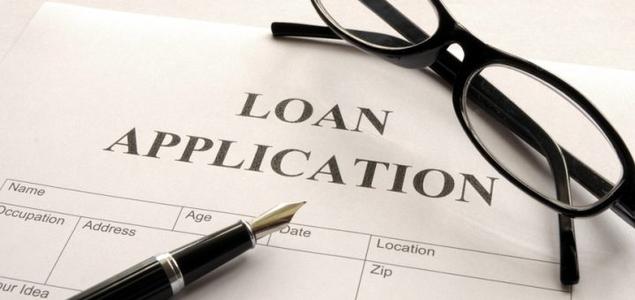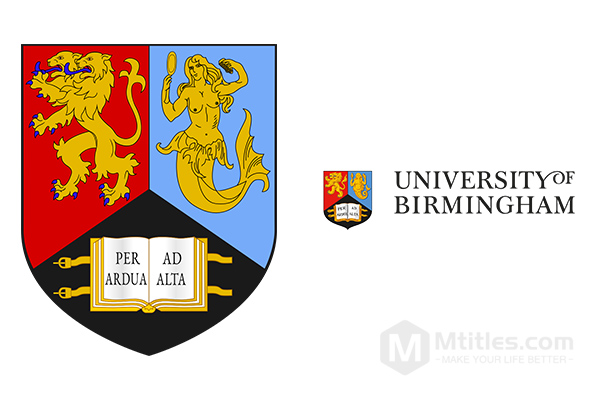The Current Situation of the Retirement System - How to Plan Ahead? (2)

(2). Pension plans for certain companies and governments
It's easy to confuse corporate and government pensions with 401K, but the difference between the two is very obvious. First, pensions do not require employees to contribute contributions, while 401K requires employees to deposit their own income. Second, pension benefits are the responsibility of the company and paid after the employee retires. If the business goes bankrupt or does not manage well, the pension payment will easily be lost; and the funds in the 401K account belong to each employee, although the business bankruptcy or employee jump will not be affected.
In the United States, pensions are not incurred by the company. As pension benefits are a heavy burden on the business and retired employees do not want their retirement to be unavailable after the business has problems, more and more businesses are reducing or failing to provide benefits. retirement benefits for new employees. And 401K Match (that is, employees deposit an amount of money into their own 401K account, the company deposits the same amount of funds) as a retirement benefit.
(3). Pension accounts for individuals participating in the payment: 401K and IRA
Originally, social security benefits (social security benefits) and pensions (pension plan) did not require employees to participate in management, and monthly post-retirement benefits were also determined, but as the Social Security benefit was becoming increasingly unable to make ends meet, and corporate government Both tend to cut retirement plans (Pension Plan). For the younger generation who are still working, the two plans alone retirement plans that you can really count on in retirement are the 401K and the IRA.
401K and IRA are respectively divided into Traditional (Traditional) and Roth. Account funds are deposited first, then taxed (pre-tax) when withdrawn later, are traditional types; tax is paid first, then deposited (after tax), and the one who doesn't have to pay tax when withdrawing is Roth. Therefore, we actually have four choices: Traditional 401K, Roth 401K, Traditional IRA, and ROTH IRA.
3. What are the benefits of US index life insurance plans for retirement planning?
Your outlook on future tax rates can affect your retirement strategy.
-If you think the future tax rate will be lower than it is now, there are more reasons to save before tax, as befits qualified plans or traditional personal retirement accounts.
-If you think the tax rate will be higher in the future, you may want to consider tax-free retirement policies, such as ROTH IRA or whole life insurance.
Ross Personal Retirement Account: A good choice ... if you qualify. In order to deposit a Roth IRA, your adjusted total income must be below a certain threshold. In 2016, the deposit was limited to person at $ 5,500, but if you are 50 or older you can deposit an additional $ 1,000 as an additional deposit.
Here's the question: If you are not eligible to participate in a Roth IRA, or if you want a higher deposit limit, what other options do you have?
Whole Life Insurance: The primary goal of purchasing whole life insurance is the death indemnity protection it provides. However, whole life insurance can allow an accumulation of cash value for deferred taxes. This cash value can be used as a source of retirement income after you retire and it may be tax exempt.
Whole life insurance offers:
-Death insurance not taxable on income
-Accumulation of cash value for deferred tax
-Retirement income which can be tax free
Other benefits of whole life insurance:
-Auto-completion
In the unfortunate event of premature death, tax-free life insurance will help you meet your spouse's retirement goals.
-Withdraw funds in case of illness
You can choose to pay the additional terms early at no additional cost, allowing you to withdraw all or part of them
Death benefit or part of the death benefit to pay for expenses related to a terminal, chronic or serious illness.
-Protection in case of disability
Many policies offer additional optional premium waiver clauses, which require additional fees.
If you cannot have permanent disability, this clause will prevent you from continuing to pay the insurance premium of the original plan and your
The policy is still valid and your initial earning goal remains unchanged.
4. So what is best for you?
For many people, ROTH IRA is a good tool. However, as mentioned earlier, there are some restrictions on your deposit limit and income range in order to apply for a personal ROTH IRA account.
Whole life insurance can be your solution.
If someone is dependent on you financially, you might need life insurance. In addition to life insurance, the cash value of whole life insurance can also be used as a financial management tool and has huge tax benefits. The insurance premium is determined based on the amount of insurance you need, and payment by cash withdrawal or tax-free loan can usually be made one year after the effective date of the loan. insurance policy. Your insurance broker will help you determine the best amount of insurance to meet your goals.
The best solution for you may be the combination of ROTH IRA and life insurance.
If you qualify for ROTH IRA income but want to deposit more than the deposit limit and need protection, you can choose both ROTH IRA and whole life insurance. Deposit the maximum amount allowed into the ROTH IRA retirement account, then put the excess amount into life insurance.







